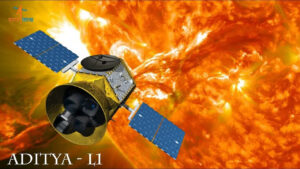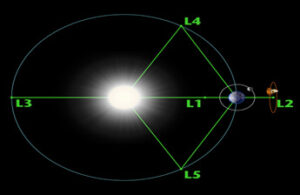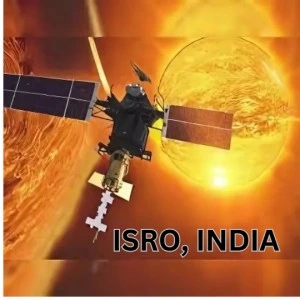ISRO made a remarkable history in Space once again.

The Indian Space Research Organization, or ISRO, has declared that the celebration of lander Vikram and rover Pragyan landing on the moon is still ongoing, shocking the entire world.
On September 2, ISRO will launch its maiden solar mission. From the Satish Dhawan Space Centre in Srihari Kota, Andhra Pradesh, Mission Aditya L1 will lift off. After Chandrayaan-3’s achievement, Aditya L1 is crucial for ISRO.
The first Sun mission from ISRO is known by the names Aditya and L1, or Lagrange Point.
Several L1 specifics that are crucial.
Lagrange points, also known as L1, are locations in space between two bodies, such as a particular spot between the Sun and the Earth.
The gravity of the Sun and Earth are equal at this time, allowing the spacecraft to remain stationery and conduct research with minimal fuel use.
The solar eclipse has no bearing on this.

India’s Surya Yan – Aditya L1 will investigate the Sun from Lagrange Point One, 1.5 million kilometres from Earth.
This is First Indian mission to investigate the Sun. This point is known as a Lagrange point because French mathematician Joseph Louis Lagrange found it in 1772. The Aditya L 1 mission will launch on September 2 and arrive at this Lagrange 1 position where it will spend the next five years studying the Sun, including
- To study solar storms.
- Will collect data on flares from sunlight
- Any particles or waves that reach Earth from the Sun will be studied.
- Will gather information about the Sun’s outer shell.
- Will decode the effect of solar storm on Earth.
This would enable ISRO to better control the changes brought about by the Sun’s movement on Earth. But it’s not quite that easy. L1 Aditya The harsh heat of the sun must be endured, and one must avoid the sun’s harmful rays. He will additionally have to deal with a solar storm. Aditya has been given special consideration so that he can endure the intense heat and harmful radiation.
Aditya-L1 will carry 7 payloads i.e., special equipment. These devices will test the sun’s rays in different ways. Perform calculations related to solar storms. HD cameras will also be installed in it to get high resolution pictures of sun along with other data.
The ISRO scientists will then study this data later.
Launching such a massive mission within 10 days of Chandrayaan-3’s record landing is a challenging task for which ISRO is well prepared. ISRO will launch Sun Mission Aditya L1 on September 2 and was conceived in 2008.
Also Read:Chandrayaan-3’s Visionary Cameras: Navigating Lunar Terrain
In 2016, a pilot budget of Rs.3 crore was given for the first time. After this a budget of Rs 378 crore was released for Aditya L1 in 2019. This did not include launch costs. Later a launching budget of 75 crores was given. A total of Rs 456 crore has been spent on the Aditya L1 mission. That means the budget of Aditya L-1 is less than many Hollywood and Bollywood films. In 2018, NASA launched Surya Mission Parker Solar Pro, with a total budget of Rs 12400 crore, meaning NASA’s solar mission is 27 times more expensive than India’s Aditya Mission.
By the way, we tell you that NASA’s Solar Mission will work till 2025, while Aditya Mission will study the Sun till 2028. America is the number one in the world in sending solar missions and has sent 23 solar missions so far. In 1994, NASA and the European Space Agency jointly sent the first solar mission. NASA’s Parker Solar Probe has orbited the Sun 26 times.
India will now set a new record by launching the Aditya L-1 on September 2.

Very informative